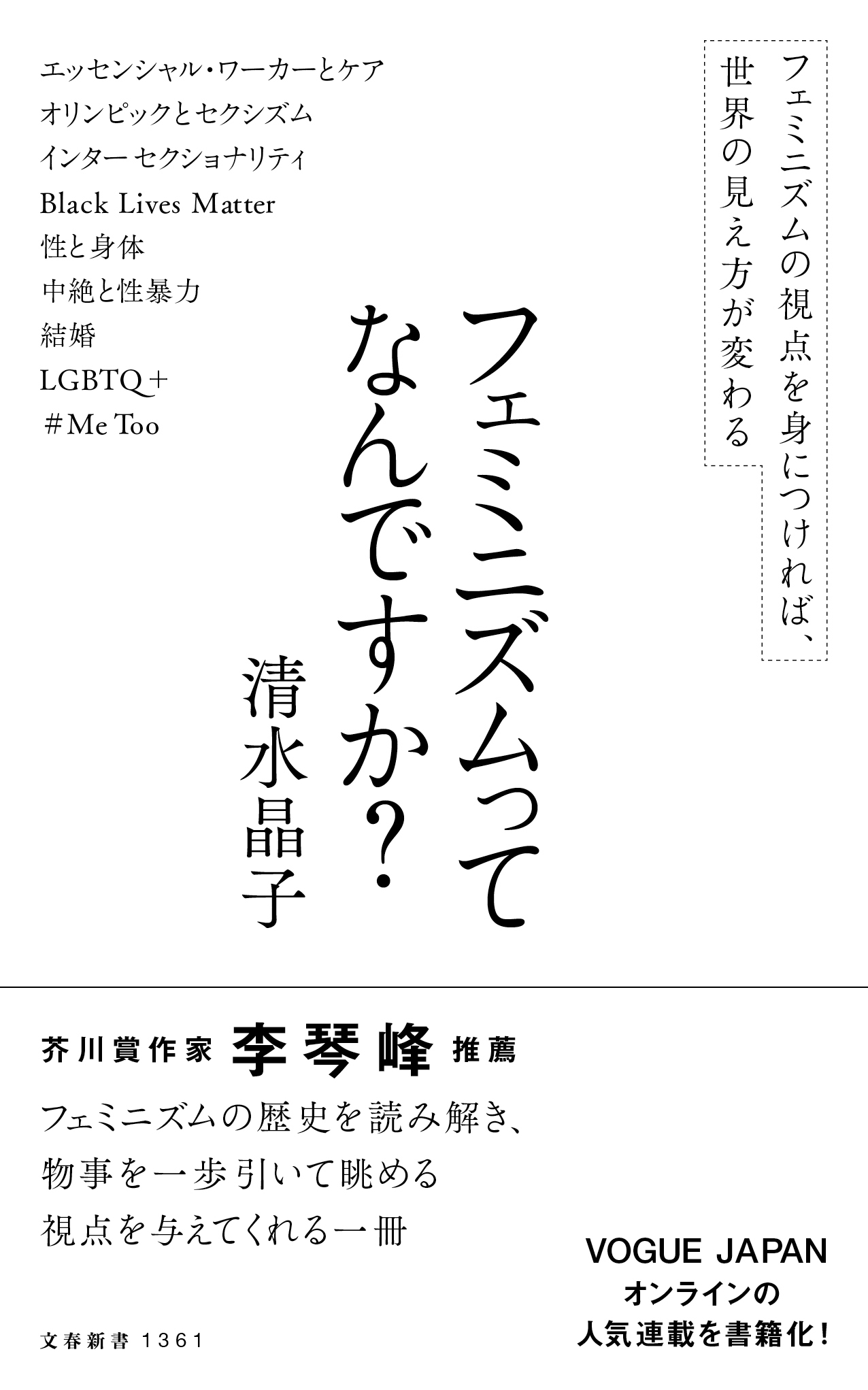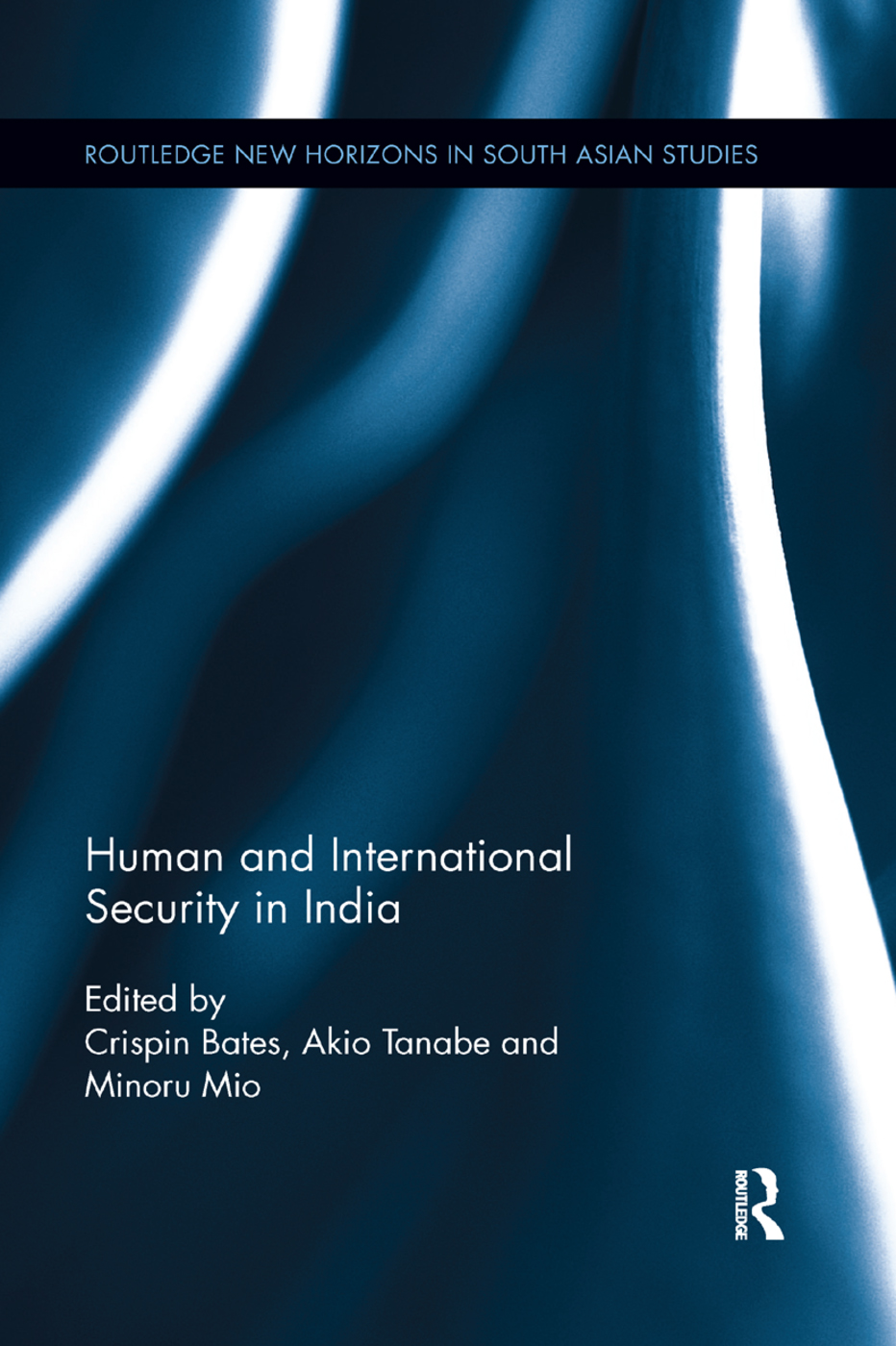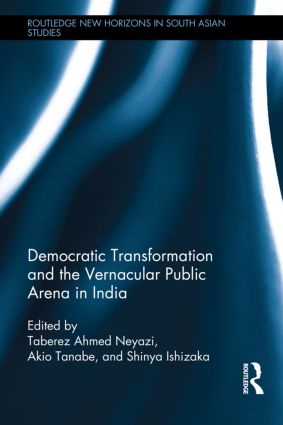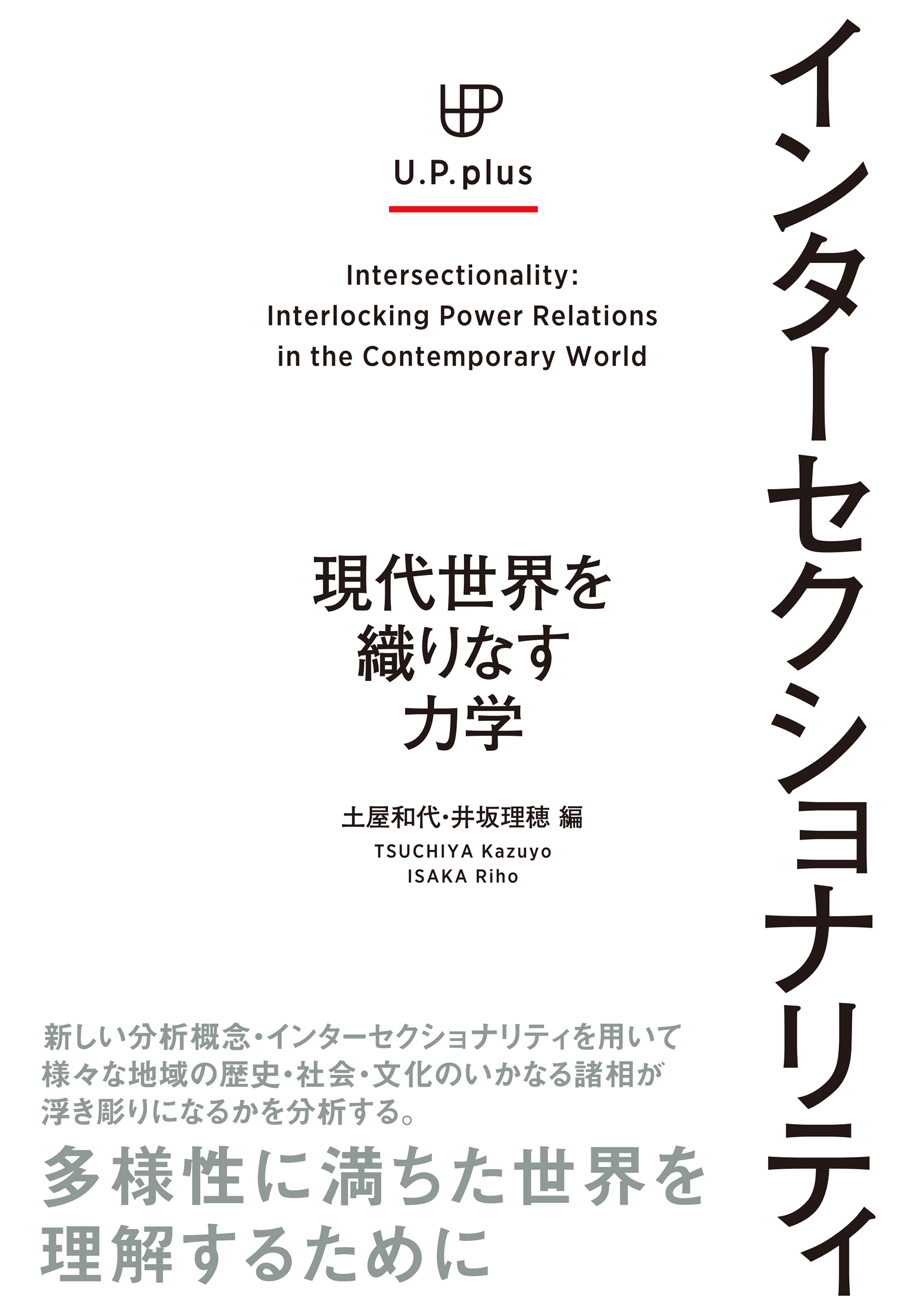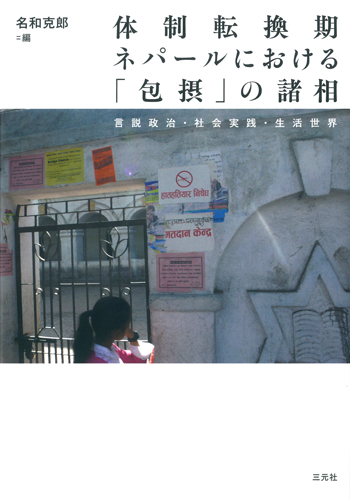
Title
Shūenkarano Koe (Contemporary India 5: Voices from the Margin)
Size
344 pages, A5 format
Language
Japanese
Released
March 24, 2015
ISBN
978-4-13-034305-3
Published by
University of Tokyo Press
Book Info
See Book Availability at Library
Japanese Page
This book is the fifth volume of the Contemporary India series, which was published as the result of a five-year research project entitled the Contemporary India Area Studies (INDAS) project. This volume focuses on the people who have been marginalized in one way or another in Indian society, and examines how they raised their voices and contributed to the emergence of different “public spheres.” The book contains twelve chapters and six short essays, written by scholars from different disciplines, such as history, sociology, anthropology, religious studies, linguistics, and literature. They were all involved in the above-mentioned project and conducted their research in different parts of India.
The book is divided into three parts. Part I includes five chapters which examine several examples of social movements and cultural activities in contemporary India, organized by different groups of people: for instance, Dalit communities in Maharashtra, Uttar Pradesh, and Delhi; Christians in South India; two communities in Rajasthan who are traditionally associated with performing arts; and the groups of people opposing the development projects in Odisha.
Part II focuses on social and political movements of women. Four chapters in this section demonstrate how gendered norms and practices as well as women's perceptions of themselves have been changing in recent years, by looking at case studies of Kerala and Uttar Pradesh, the development of Dalit feminism, and women writing in Hindi. One of the short essays included in this part further draws attention to the current queer politics in India.
Part III examines the issues of language and literature. It analyzes what impact social and political developments in modern India, as well as globalization, had on literary and publishing activities among different linguistic communities. The themes discussed in the three chapters in this section include the development of Urdu and Hindi literatures in modern times, debates on Sindhi language and Sindhi identity, and the relationship between English and Gujarati-language publishing.
(Written by ISAKA Riho, Associate Professor, Graduate School of Arts and Sciences / 2017)



 Find a book
Find a book


 eBook
eBook

